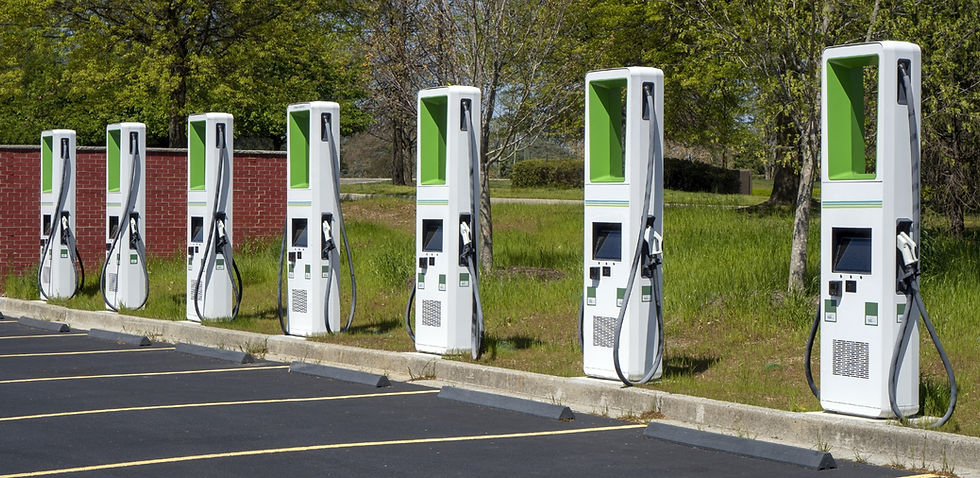How Can One Create an RFP Process for EV Fleet Charging Infrastructure
- Admin
- Aug 13, 2024
- 3 min read

As electric vehicles (EVs) become increasingly central to corporate sustainability strategies, developing a robust Request for Proposal (RFP) process for EV fleet charging infrastructure is essential for organizations looking to integrate electric mobility into their operations. An effective RFP process helps ensure that the selected solutions align with the organization's needs and goals. Here’s a comprehensive guide on how to create an RFP process for EV fleet charging infrastructure.
The initial step in creating an RFP process is to clearly define the objectives and requirements for the EV charging infrastructure. This involves understanding the specific needs of the fleet, including the number of vehicles, anticipated usage patterns, and the desired locations for charging stations. It’s also crucial to consider factors such as the type of charging technology (Level 2 or DC fast charging), potential scalability, and integration with existing systems. By detailing these requirements, organizations can set clear expectations for vendors and streamline the selection process.
Next, developing a detailed RFP document is key. This document should include an overview of the project, detailed technical specifications, project timelines, and evaluation criteria. The technical specifications should outline the desired features of the charging stations, such as charging speed, compatibility with various EV models, and any smart features like load management or network connectivity. Additionally, the RFP should specify the scope of work, including installation, maintenance, and support services. Clear evaluation criteria, such as cost, technical capability, and vendor experience, should be included to facilitate a fair and transparent selection process.
Once the RFP document is prepared, the next step is to distribute it to potential vendors. It’s important to identify and invite vendors with experience in deploying EV charging infrastructure. This can be done through industry networks, referrals, or by researching companies with a strong track record in the EV charging sector. Ensuring that a diverse set of qualified vendors receives the RFP can provide a range of solutions and pricing options for comparison.
After distributing the RFP, the organization should manage the vendor response process. This involves receiving and reviewing proposals, and potentially conducting interviews or presentations with vendors to clarify any questions or concerns. During this phase, it's important to evaluate the proposals based on the predefined criteria, including cost, technical specifications, and the vendor’s ability to meet project timelines. Engaging a cross-functional team in this evaluation process can provide different perspectives and ensure that all aspects of the project are considered.
The final stage of the RFP process is selecting the vendor and negotiating the contract. Once the evaluation is complete, the organization should choose the vendor that best meets its needs and budget. Negotiations should focus on finalizing the terms of the contract, including project milestones, payment schedules, and warranty or support services. A well-defined contract ensures that both parties have a clear understanding of their responsibilities and helps mitigate any risks associated with the project.
In conclusion, creating an effective RFP process for EV fleet charging infrastructure involves defining clear objectives, developing a detailed RFP document, distributing it to qualified vendors, managing responses, and finalizing the contract. By following these steps, organizations can select a solution that meets their needs and supports their transition to electric mobility. With a well-structured RFP process, businesses can ensure they invest in a charging infrastructure that enhances their sustainability efforts and supports their fleet’s operational efficiency.
For more updates and insights on the EV industry, stay informed with our latest articles and subscribe to our newsletter at ChargedUpPro.com/subscribe.






Comments